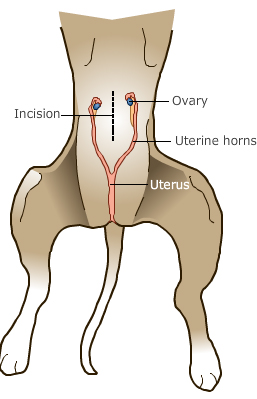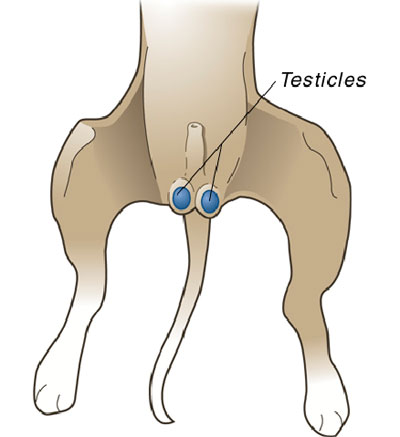Pain management is of great concern to pet owners today. As in human medicine, we have a variety of medications available to manage your pet’s pain whether it is following a surgical procedure, in the event of an injury or illness, or in conditions of chronic pain (cancer, arthritis). We would be pleased to discuss the options available to you and your pet under any of the above circumstances.
Surgery Services
Our veterinarians provide many surgical services at our clinic, ranging from routine to advanced procedures. Because we want to ensure that our patients receive the best possible outcome, we occasionally refer them to specialists (board-certified veterinary surgeons) to perform complex operations when advanced equipment or training will be beneficial. Our veterinary team will take precautions to ensure that your pet receives a safe anesthetic. We perform a physical exam and preanesthetic testing before surgery, monitor your pet during surgery, and provide pain medication during recovery.

Spaying (ovariohysterectomy) refers to the surgical procedure performed on female dogs and cats to render them infertile. It involves the surgical removal of both the ovaries and the uterus.
There are many benefits to spaying your female companion. First, you will contribute to the prevention of the dog and cat overpopulation. Second, spaying will eliminate the heat cycles that attract males to your house from far away and, in cats, will eliminate the vocal behaviour associated with the heats. Third, you will help prevent diseases in your pet such as pyometra (infection in the uterus) and reduce the risk of mammary cancer if the procedure is done prior to the first heat cycle.
We believe that the ideal time to have your animal spayed is at 6 months of age. By then, the vaccinations are completed, the permanent teeth have erupted, and the internal organs are fully functional.
Surgery and anesthesia protocols vary greatly among veterinary hospitals. If you are comparing prices on this procedure, be sure to question the type of anesthetic used and the monitoring equipment and procedures followed. Although the risk of an anesthetic death in a normal healthy pet is very rare, monitoring devices and protocols allow a faster response to an anesthetic emergency. Faster responses can save lives.
Please call or visit our facility to learn more about our anesthetic and patient monitoring protocols and spaying procedures.

Neutering (castration) refers to the surgical procedure performed on male dogs and cats to render them infertile. Neutering involves the surgical removal of both testicles.
There are many benefits to neutering your male companion. First, you will contribute to the prevention of dog and cat overpopulation. Second, neutering will eliminate undesirable behaviors such as urine marking or aggression. Third, you will help prevent diseases in your pet such as prostate disease and testicular cancer.
We believe that the ideal time to have your animal neutered is at 6 months of age. By then, the vaccinations are completed, the permanent teeth have erupted, and the internal organs are fully functional.
Surgery and anesthesia protocols vary greatly among veterinary hospitals. If you are shopping around for a competitive price on this procedure, be sure to question the type of anesthetic used, the monitoring equipment and the procedures followed. Although the risk of an anesthetic death in a normal healthy pet is very rare, monitoring devices and protocols allow a faster response to an anesthetic emergency. Faster responses can save lives.
Please call or visit our facility to learn more about our anesthetic and patient monitoring protocols and neutering procedures.

